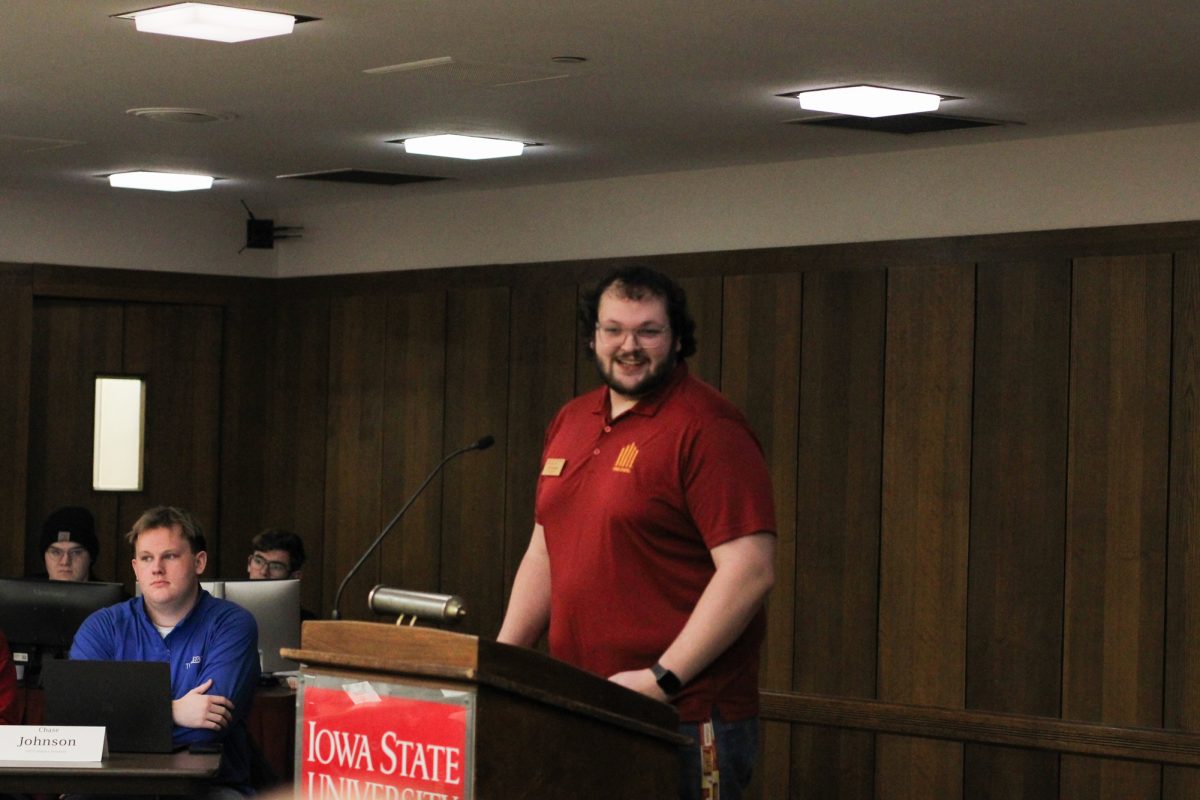generation
February 1, 2001
Pop culture phenomena tend to sweep the nation, engulfing the sleepy town and bustling metropolis alike, as if nothing were too small nor too big to be put under the spell. What happens when the effects extend beyond a nation and begin to amass a global following? Pokemon happens. “[Japanese students] were surprised at the popularity of Pokemon,” said Ryo Yano, president of the Japanese Student Association.While Japanese animation, or anime, has been a cultural staple in Japan for many years, it has just started to build a large following in the United States and in other countries worldwide. Although anime began as a youth/pop culture phenomenon in the Land of the Rising Sun, the art form’s sometimes-mature content combined with the childlike appeal of the animation itself soon had both the young and old hooked.Now, as the trend spreads across the United States, Eastern and Western culture combine in “My Reality: Contemporary Art and the Culture of Japanese Animation,” an exhibit with the Des Moines Art Center that will run from Feb. 10 through May 26. “My Reality” features nine Western artists and eight Eastern artists, seven of which are Japanese and one that is Korean.Mike Crall, marketing and public relations director for the Art Center, said that anime was partly influenced by Walt Disney. “Anime has gone one direction across the ocean and has now come back with its spin on American culture,” he said. Crall also said that anime is spreading and diversifying demographically. While its appeal was once strongest with young males, the popularity is now spreading to females, teenagers and young adults. An older population has come to enjoy the appeal of anime because of its combination of technology and animation. Jeff Fleming, senior curator of the Des Moines Art Center, says much of anime looks to the future and has a sci-fi feel to it because technology is used in many of the storylines in a positive light, as a tool for the betterment of mankind. “Japanese animation is an interesting cultural phenomena,” Fleming says. “It is an escapist form of entertainment.””My Reality” is targeted towards all age groups, mainly because anime does not specifically target one age demographic. The Art Center is hoping to hook those without a contemporary art influence in their lives.”Anime speaks to the art work of our time,” Fleming says. In addition to the selected works from the featured artists, many other public programs have been centered on the cultural aspects of the exhibit. A community day is scheduled for March 4 from 1 to 4 p.m. Museum educator Jill Pihlaja expects the event to have high attendance. The program is designed for families and students and features a variety of activities, including an anime-inspired workshop, a martial arts performance, tours of the exhibition and food.There are also smaller classes and workshops designed to cater to specific age groups. Some programs that are aimed towards adults include Japanese package wrapping, sushi, and Anime 101, which is an adult art appreciation program. Anime costume workshops and a class for making simple origami masks were created for families. Registration is required, as is a fee for some classes, which can be made at 515-271-0306. A film series will also run in correlation to “My Reality.” “Princess Mononoke” will be shown March 11, “Kiki’s Delivery Service” on March 18, “My Neighbor Totoro” on April 22, and “Grave of the Fireflies” on April 29. Each film is scheduled for 1 p.m. and will be shown in the museum’s Levitt Auditorium. The popularity of some of the movies has reached the United States, but not to the same extent as in Japan. “Princess Mononoke” is the second highest grossing film in Japan behind “Titanic,” Pihlaja said. The Art Center is also hosting two artists-in-residence, U.S. artist Steve Bennett and Japanese artist Kenji Yanobe. Both will be presenting various programs throughout the exhibit’s run. Beginning with “White Tiger” and “Speed Racer,” the anime phenomenon has taken over America, with Pokemon being the marker of the mainstream recognition of Japanese influence. There are not many American children who have not captured Pokemon fever, and certainly no adults have escaped the commercial infiltration of the trend. With all of this accumulating in such a short period of time, anime has built a solid stance in American culture. The only question that remains is, what’s next?






